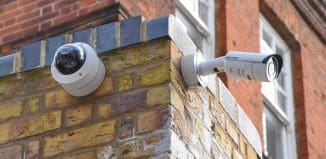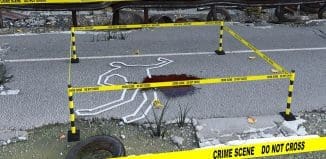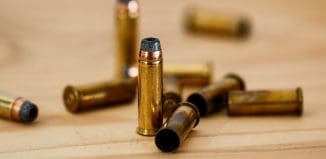Bullets database to help match bullets, cartridge cases to specific firearms
This post is also available in:  עברית (Hebrew)
עברית (Hebrew)

Researchers at the National Institute of Standards and Technology are working to improve ballistics matching methods with assistance from the police crime laboratory at Prince George’s County, Maryland. Their joint work will contribute to a collection of topographic data from thousands of fired bullets and cartridge cases.
The collection, which they ultimately plan to issue as an open research database, will improve the scientific basis of forensic techniques used to match bullets and cartridge cases to specific firearms. The biggest potential improvements in firearms identification will come from the ability to measure the degree of similarity between marks left on bullets and cartridge cases by different firearms and the variability of marks made by an individual firearm.
A NIST release reports that to meet the challenge, forensic scientists need detailed measurements at the microscopic scale to map the ridges, grooves and other impressions that various firearms leave on bullets and cartridge cases.
The researchers are mapping the surfaces of bullets fired from gun barrels that were machined consecutively. Firearm parts manufactured consecutively — machined in order, one after another — have the greatest similarity, and therefore produce tool mark patterns with the greatest similarity. Such impression patterns represent the greatest challenge for forensic firearms analysis, because they present the best chance for an erroneous identification.
According to HomeLand Security News Wire researchers must measure and compare features around a millionth of a meter fully to understand the differences in patterns made by consecutively manufactured gun barrels.
If a pattern-matching algorithm can distinguish between tool-mark patterns on bullets fired from consecutively manufactured barrels, then investigators can trust it to accurately assess whether bullets and cartridge cases from a crime scene match test rounds fired from a specific firearm barrel. The database will foster the development and validation of advanced algorithms, mathematical similarity criteria, and quantitative confidence limits. The key ingredient of the database will be highly accurate NIST topographic measurements of bullets and cartridge cases, many from consecutively manufactured firearms, which is where the Prince George’s County Crime Laboratory is lending a hand.




























